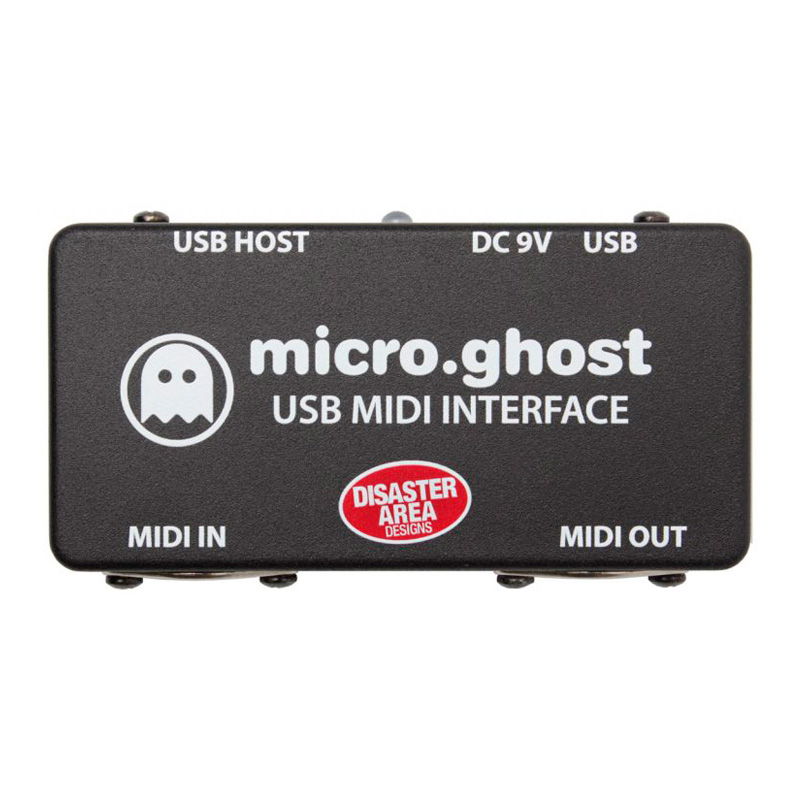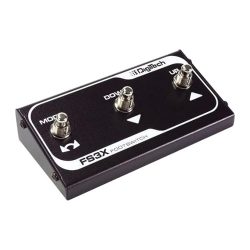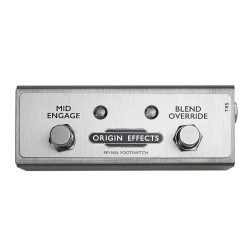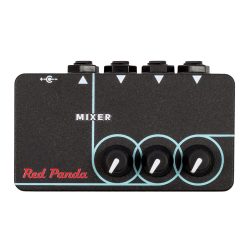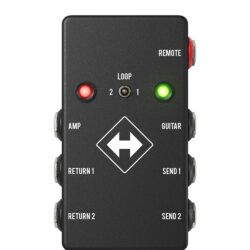Disaster Area Micro Ghost
€169.00
USB-MIDI to 5-pin MIDI converter and host-interface.
The Disaster Area micro.ghost interfaces your USB-MIDI devices with your 5-pin (DIN) MIDI chain.
Plug your USB MIDI device into the USB HOST port, apply standard pedalboard 9V power, and wait for the light to turn green. Your USB MIDI device is now connected to your 5-pin (DIN) MIDI controller or other device.
Use the DIP switches on the back of the micro.ghost to assign your USB MIDI device to any MIDI channel you want, even if your device doesn’t support channel assignment.
Specifications
| Highlights | USB-MIDI to 5-pin MIDI converter and USB host-interface Powered USB Host port supplies up to 500mA to connected USB MIDI device Full-sized 5-pin (DIN) MIDI ports for Input and Output / Thru (thru configurable in software) Easy to use DIP switches for channel assignment, no computer necessary to configure basic settings Multi-color LED indicates USB bus state and MIDI activity Fully bi-directional MIDI communications – data is passed to and from USB and DIN ports Works with all MIDI message types including program change, notes, CC, clock, and SysEx |
| Power consumption | 9V DC center negative (power supply sold separately) |
| Dimensions | H: 2,54 cm W: 10 cm D: 5 cm |
| Miscellaneous | Compatibility: Alexander Pedals – All Neo Series pedals running latest firmware Source Audio C4 Synth, Spectrum Red Panda – Particle V2, Tensor Zoom MultiStomp series – MS-50G, MS-60B, MS-70CDR. MS-100BT not supported (no USB port) MOST Class-Compliant MIDI devices are supported. If your device requires a driver installation to work, then it’s not compatible. “Combined Device Class” units are not supported – eg. any device that is both audio + MIDI or multiple MIDI devices. If your USB device contains a USB hub, it is not supported. Provides up to 500mA of bus power to your device, limited by the power supply output you’re using. We recommend the use of a high-ouput power supply for the micro.ghost. In some cases, best noise performance requires powering your USB device separately. |
